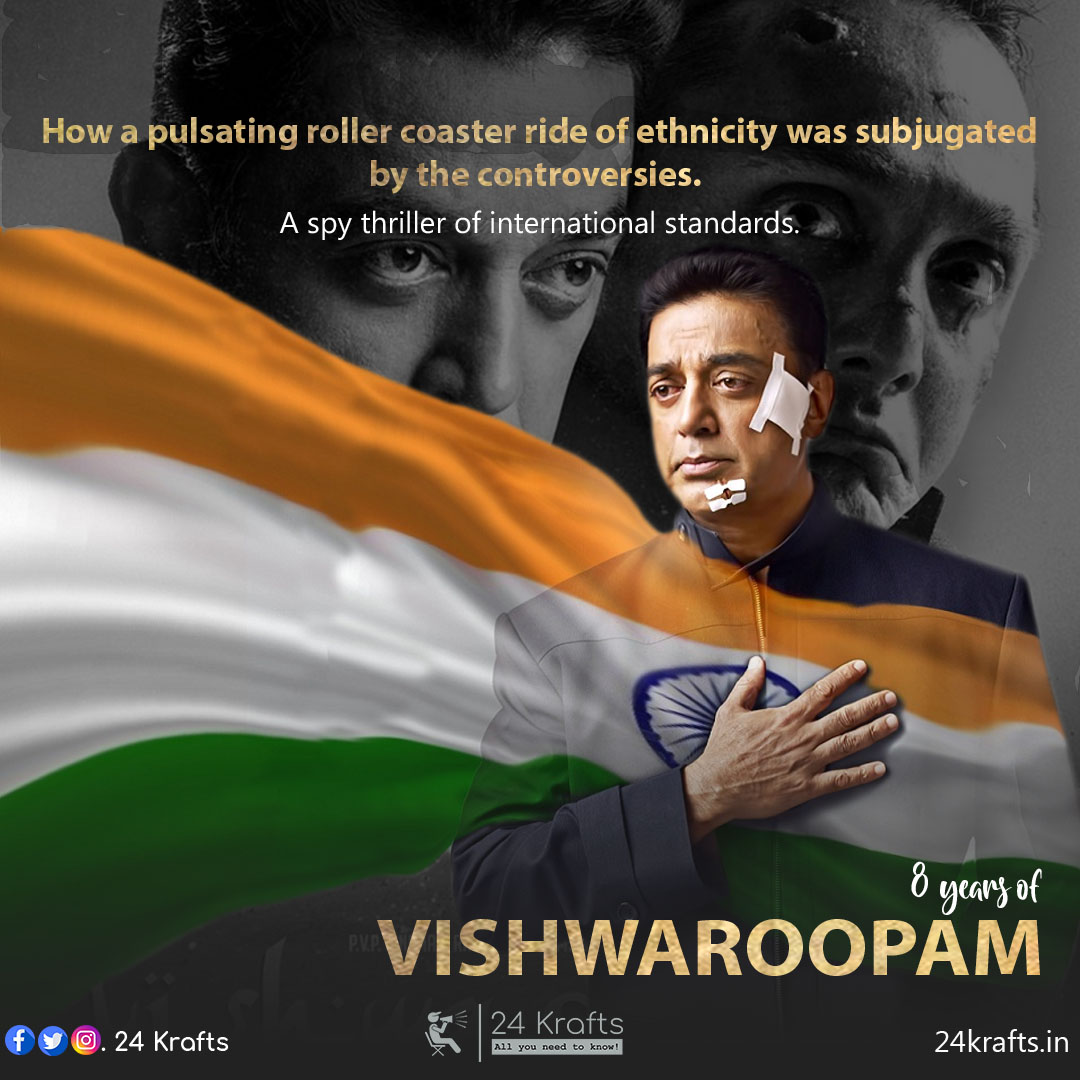“Ford v Ferrari,” James Mangold’s nimble and crafty reconstruction of a storied moment in the annals of auto racing. The audience will probably go in prepared to spot torque differentials and historical discrepancies, but end up in an emotional rollercoaster ride. This racing picture is a period piece, set in the early 1960s, and there’s also something retro about the kind of movie storytelling it represents. James Mangold has extracted a spectacular horsepower from the dual male leads Christian Bale and Matt Damon.
Ford v Ferrari recounts, in a sometimes exhilaratingly streamlined fashion, a tale of Motor City dominance-seeking that compels you to root for good guys who are doing the bidding of rather bad guys. It is, all in all, a pleasant surprise. Partly because Christian Bale and Matt Damon were really good, and were supported by a fine cast that includes Tracy Letts is one of the best and least-expected crying scenes of the year. And partly because the car stuff, in the garage and on the track, which was crisply filmed and edited, offering a reminder that movies and automobiles have a natural affinity and a lot of shared history.
From the Keystone Kops days to The Fast and the Furious, some of the best motion in motion pictures has come from gasoline-powered vehicles. But “Ford v Ferrari,” written by Jez Butterworth, John-Henry Butterworth and Jason Keller, pushes the connection further, suggesting subtle but unmistakable links between racing and filmmaking as aesthetic and economic propositions. Carroll Shelby and Ken Miles, the car designer and driver played by Damon and Bale, are risk-hungry free spirits gambling with someone else’s money, unruly individualists who nonetheless depend on the goodwill of a large corporation.
The conflict alluded to in the title between the assembly lines of Detroit and the artisanal workshops of Modena, Italy, for supremacy in the racing world, which is a bit of a red herring. The real struggle is between the managers and bureaucrats of the Ford Motor Company and the mavericks whose work rolls out onto the track bearing the Ford logo. It’s not much of a stretch to imagine Carroll and Ken as filmmakers fighting with studio suits for creative control.
They are, in any case, cool guys of a particular vintage, avatars of a salty, clean-cut, old-style masculinity that is enjoying a somewhat improbable vogue these days. Their effort to build a Le Mans-winning racecar for Ford is an engineering challenge similar in ambition to the Apollo program commemorated in Damien Chazelle’s “First Man,” though smaller in scale. The chalk-and-cheese friendship between Carroll, a solid, unflappable Texan, and Ken, a spidery, easily flapped Englishman, might remind you of the bond between Brad Pitt’s and Leonardo DiCaprio’s characters in “Once Upon a Time … in Hollywood.”
Ford v Ferrari is primarily enwreathed by the plots of rivalry, pride and triumph. The storyline of the film gets ignited when Enzo Ferrari not only rejects the offer delivered via Iacocca’s proxy but also passes several vivid insults to ford the II. The pride of the Ford is desecrated, letting them be determined to beat the Ferrari’s cars on the race track of Le Mans, home of the 24-hour race that has never been won by an American car. Le Mans holds a significant crux of the film. Le Mans was one of the most gruelling races ever designed, made to cover about 5000 km in that period. It was a true test of speed, stamina, non-stop focus, trusting the teammates, split-second decisions and superior strategizing. Ford v Ferrari adds a character to the track.
One of the most intriguing and promising dialogues from Shelby that impacted the audience to an extent — “There’s a point at 7,000 RPM… where everything fades. The machine becomes weightless. Just disappears. And all that’s left is a body moving through space and time. 7,000 RPM. That’s where you meet it. You feel it coming. It creeps up on you, close in your ear. Asks you a question. The only question that matters. Who are you?”
You don’t need to be a car person to appreciate the conventional but crackling human drama that animates “Ford v Ferrari.” On the one side, there’s Shelby and Miles. Both mavericks, but one with a little more give than the other. Tasked by Ford with creating not just a car but a racing team that can best Enzo’s, they go all out with Ford’s money. On the other side are the often truculent Ford and his second-in-command Leo Beebe. Beebe’s not an ambitious bootlicker. He’s something worse. He’s a guy who adheres to corporate principle because he believes its right.
Like those movies, this one embraces a view of the ’60s in which the square American mainstream is where the action is. Well, not every kind of action. Damon and Bale, both charismatic movie stars, don’t put out quite the same kind of erotic magnetism, and their characters are decidedly not tomcats or horndogs. Ken is the picture of uxoriousness, devoted to his sighing, supportive wife, Mollie (Caitriona Balfe), and their son, Peter (Noah Jupe), who idolizes his dad. Carroll, as far as we know, has no personal life at all.
Ford v Ferrari is no masterpiece, but it is to invoke a currently simmering debate real cinema, the kind of solid, satisfying, non-pandering movie that can seem endangered nowadays. As for the retro part, well it’s kind of sad, 30 or 40 years ago, a movie like this would be a staple of studio fare. Nowadays, it’s considered a risk, despite being, by an older standard, about as mainstream as it gets. To put it in the simplest terms, one may not think to care who won at Le Mans in 1966, but for two and a half hours, you will.



